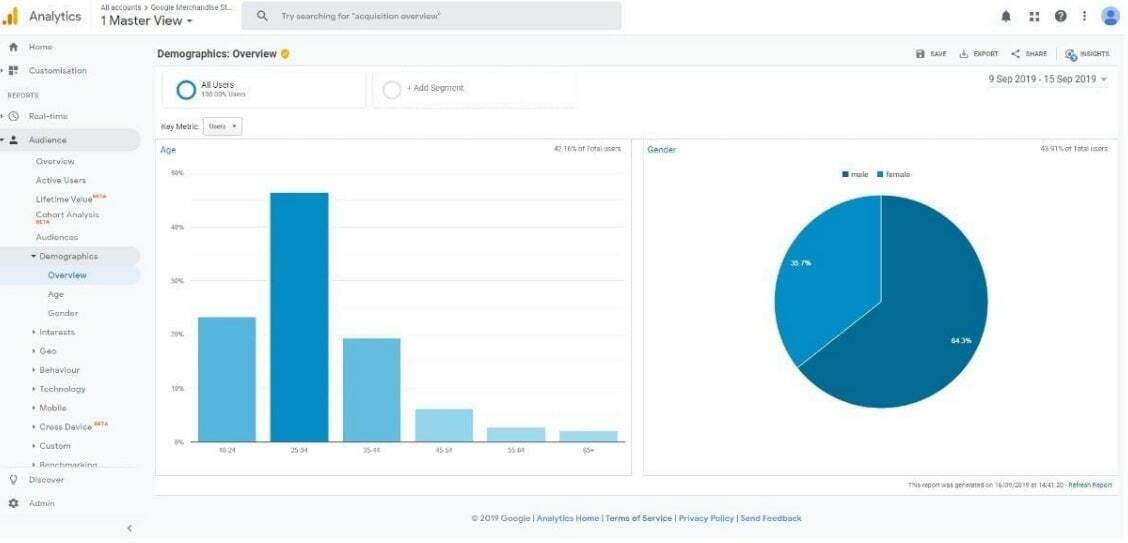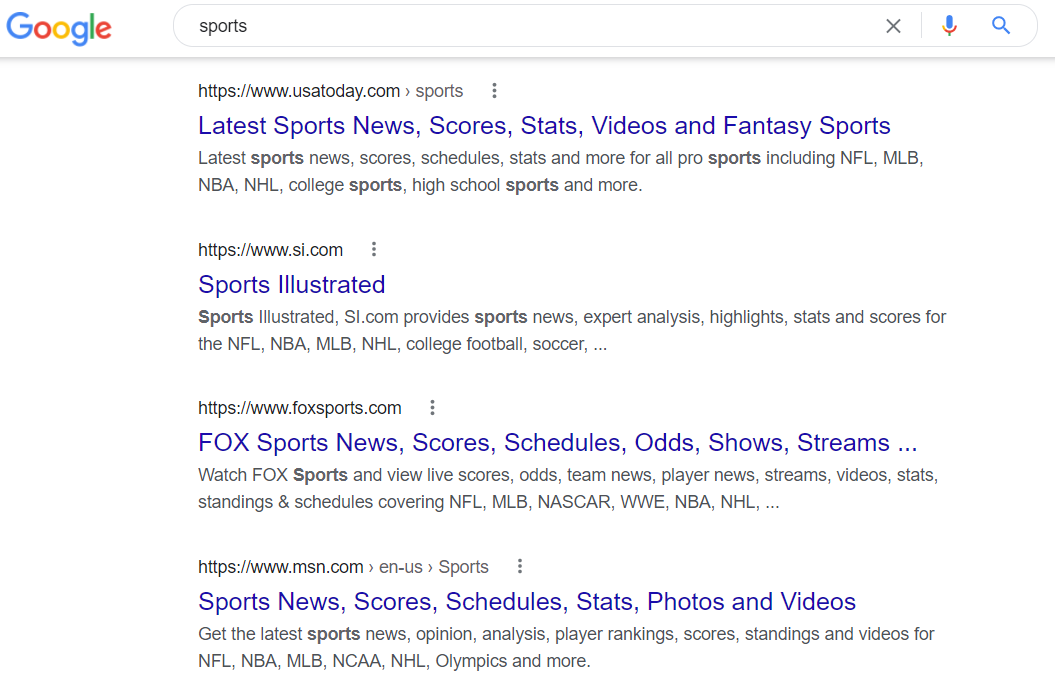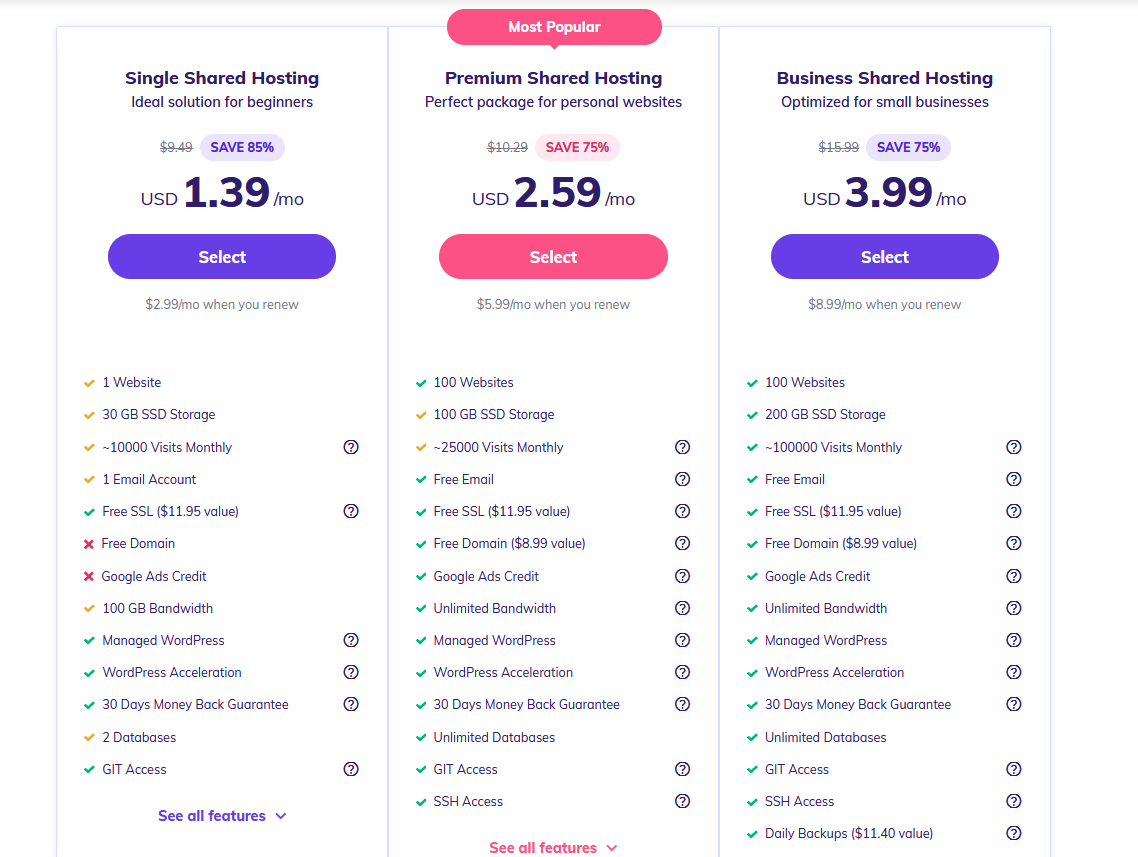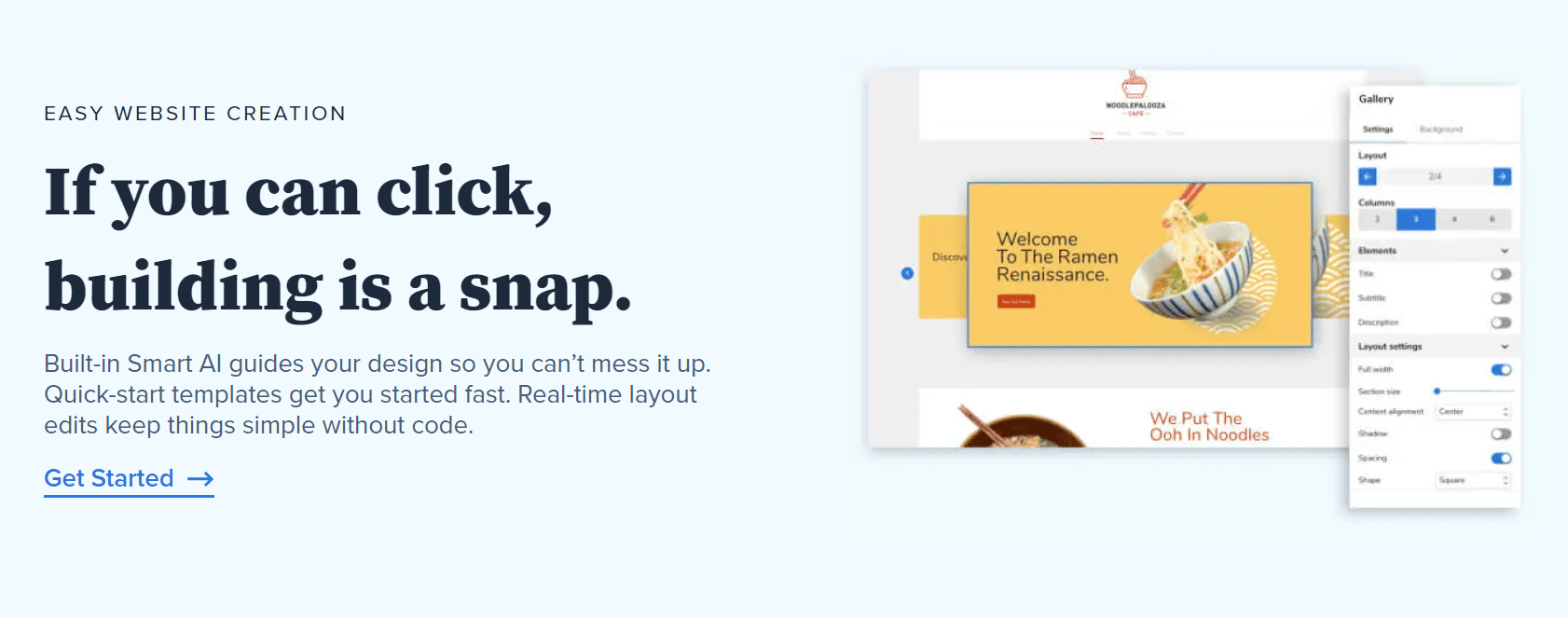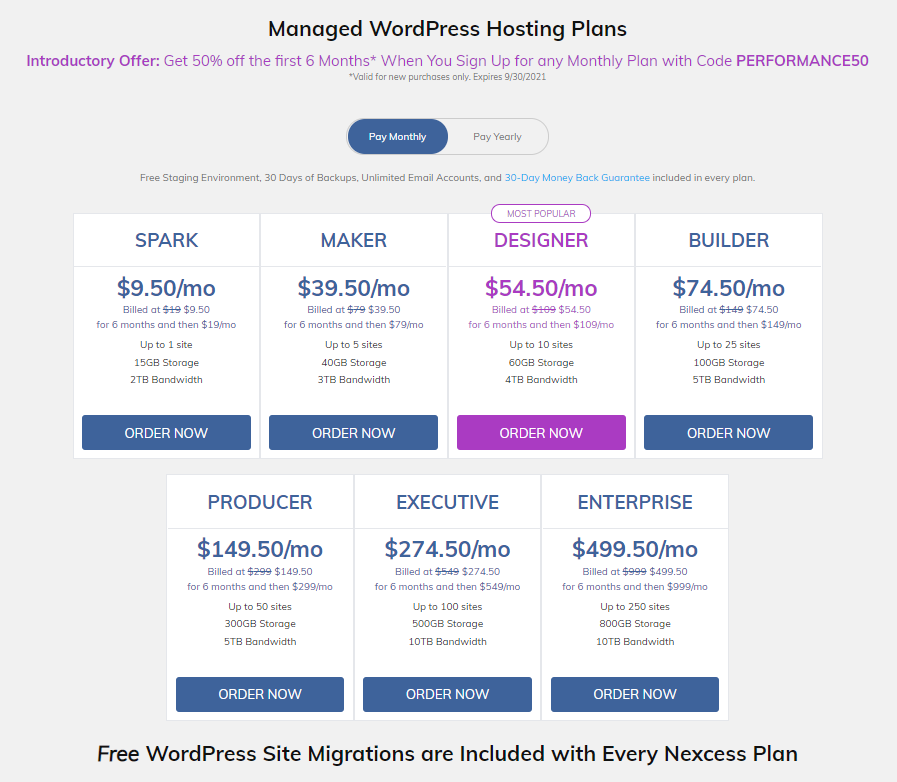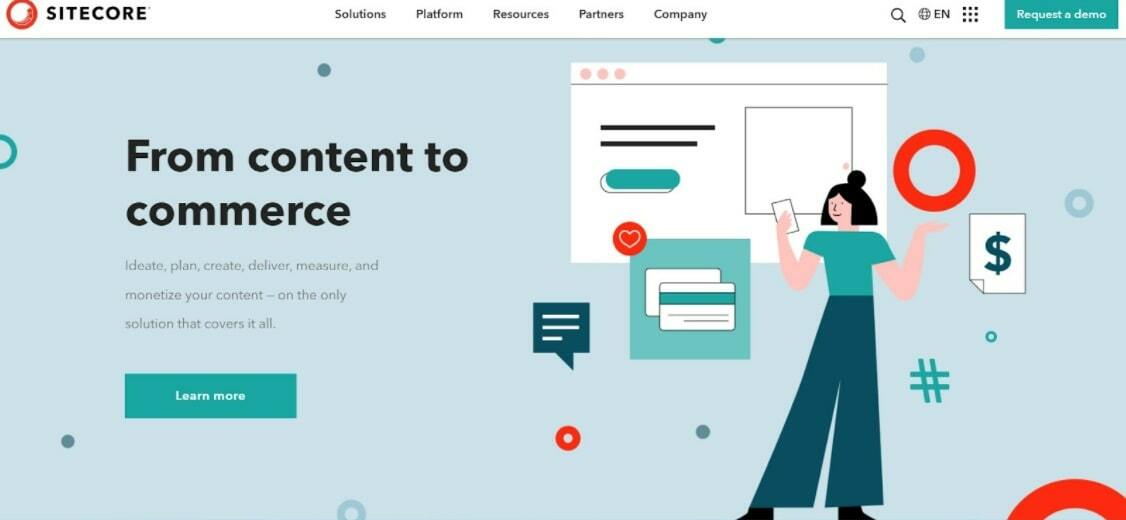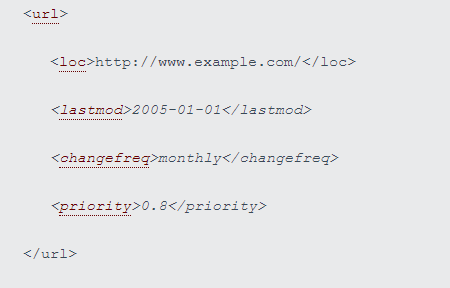Start Exploring Keyword Ideas
Use Serpstat to find the best keywords for your website
SEO Guide For New Ecommerce Websites

Since everyone can only love you after they find you, you probably dream of getting to the first page soon.
Luckily, there are SEO tricks using which you can get a fair share of the first-page visitors' attention, even with a freshly-made website.
This guide is a collection of the finest gems of Ecommerce SEO wisdom. Apply the advised tips smartly, and you'll advance a nondescript website to riches soon.
2. What makes a website SEO-friendly?
3. How to build an SEO-friendly Ecommerce website step-by-step
Step one: Competitor and niche analysis
Step two: Website creation and analytics
Step three: Optimize website structure
Step four: On-page optimization
Step five: Off-page optimization
Summary
How important is SEO for an Ecommerce website?
Well, let the statistics speak for themselves:
- 70% of marketing specialists consider SEO to be more effective than PPC advertising
- The first five organic results get more than 67% of all clicks
- Websites on the second page get less than 1% of clicks
- Over 60% of marketers prioritize SEO in their marketing strategy.
What makes a website SEO-friendly?
- Unique titles and meta descriptions on all pages. Meta data is visible on a SERP and can attract visitors or draw them away. Google looks at these data to understand what the page is about and whether it's relevant to the assigned keywords.
- Descriptive URLs. Permanent links or slugs should be relevant to the corresponding page content and properly formatted (use dashes to separate words).
- Fast loading pages. According to EduBirdie, 74% of users are not ready to wait more than 5 seconds for a website to load. Google supports this trend, ranking slow-loading websites lower.
- Unique content. Copying content from other websites is an absolute no-no and can result in removing it from the search for a while or forever.
- Optimized images. Despite the obvious breakthrough in image recognition introduced in Google Photos, there is no evidence that search engines read website images properly. They still prefer text. Yet, users love images and Google knows that, so make sure all your website visuals have relevant names and ALT descriptions.
- Structured pages. A web page should have a meaningful structure to make it easier for a reader to scan and grasp what the page is about. Crawlers prefer clear structures too, for which semantic layout is used. That's why most first-page websites follow the header-body-footer pattern, communicate hierarchy, and visually emphasize the meaning of the text.
How to build an SEO-friendly Ecommerce website step-by-step
Step one: Competitor and niche analysis
#1 Perform audience research
A target audience is people searching for products and services like yours. Knowing what terms they use and optimizing your website to those terms can help you turn them into clients. To define your target audience do the following:
Start with the current demographics. Check Google Analytics (or another tracking tool that you're using) for insights about people who are interested in your products or services. From a CRM, you can get a breakdown of audiences that convert the most (their age, location, language, etc). If you got a following on your social media accounts, chances are your audience is interested in buying from you. Finally, meet with your sales and support teams for even more insights.
- Informational. This type of queries usually start with "why", "how to" and such.
- Navigational. These aim to get a user to a certain website or page, e.g. "Walmart".
- Transactional. These queries are looking to take a specific action and include "buy", "shipping", "online" or specific product names.
Survey your customers. The best way to get to know your clients is to talk to them. Use newsletters and social media to ask questions. Then analyze answers and look for trends.
Popular ways to gather feedback are:
- Social media contest
- Questions on Instagram stories
- Feedback box
- Customer satisfaction box on order confirmation page
- Abandoned cart popup
- Email surveys
#2 Check what competitors are doing
Make keyword analysis. To determine your SEO competitors, you should go back to your customer persona and once again sketch out topics they could be interested in. Next, use a keyword planning tool to see how competitive the keywords are and which ones will bring more ROI. Then you can perform a basic search on Google and the first SERP with your chosen keywords will show your SEO competitors.
On the screenshot below, you can see how the Serpstat Keyword Research tool shows the level of competition for each keyword (KW difficulty), the volume of monthly searches, cost per click, the number of results in SERP for the keyword and domains that rank for that keyword.


Want to get a personal demo, trial period or bunch of successful use cases?
Send a request and our expert will contact you ;)
- How difficult is it to rank for the chosen keyword?
- What keywords do your competitors rank for which you don't?
- What keywords neither of you rank for but you should?
Analyze backlinks. Websites at the top of SERP have amazing backlink profiles. You can use your favorite competitor analysis tool to find out where they get their backlinks from and tweak your own backlink strategy.
#3 Find your niche
Here is a strategy for picking a niche for your new Ecommerce website:
- Find where websites with lower domain ratings are ranking. Look for keywords that bring new and weaker websites to the top of Google SERP.
- Find an area with lots of traffic and topics that you could cover. Look for low-competition keywords that have decent search volume. Usually, these are long-tail keywords (3+ words). If you can find 10 or more keywords that meet the above criteria, that might be your niche.
- Look where profitable products are selling. Now that you've found an area with not too many Ecommerce websites to better, and with a lot of topics to write on, you should make sure there is any money. Conduct a niche analysis to see if anyone sells products like yours. If there are few, you might want to consider looking for a different niche.
Step two: Website creation and analytics
#1 Decide on a web hosting provider
Depending on your expertise — and budget — you can choose from managed and unmanaged types of services. With a managed service provider, you can fully delegate your Ecommerce website configuring, backing up, patching and managing security issues. An unmanaged type requires more hand-holding, though you have support agents to assist you.
Next, you should estimate how much traffic you expect. For a website that is going to feature at the top of Google one day, pick a dedicated or cloud-based server. This way you won't find your website crashed amidst surging sales.
Get to know server types. A VPS (virtual private server) is well-suited for online stores, providing excellent reliability and security. The downside: running a website on VPS requires a substantial share of server maintenance and management skills. Also, hosting providers tend to run several VPS instances on one box. That means your website's performance may be affected as websites in your box scale.
Probably the best option is a cloud server, albeit pricey. It offers unlimited configuration suits and lets you scale endlessly without any rebuilds. The more you need, the more you pay.
Don't get locked to your host. Make sure you can change your hosting provider, just in case. Do regular backups so that, when the moment comes, you can just load all your files to a new provider's service.
For the same reason, it's recommended that you own your domain name.
Most reviews found online note reliable servers' performance, intuitive interface and excellent customer support. The pricing has some tricks that are not evident at the first glance though. Thus, if you want to take advantage of their $1.39 per month deal, you have to commit to Hostinger for 4 years. Also, their policy provides refunds only if a new domain was cancelled within four days after registration.
Overall, if you are new to website building and ready to commit to a hosting provider for years, Hostinger is a very appealing option for an Ecommerce website.
On the cons side, you won't find a monthly payment plan from Bluehost. The minimal hosting plan is for 12 months. Additionally, some users complain about support being sluggish
Their pricing plans offer quite a variety too.
#2 Choose the right CMS platform
There is no perfect CMS. At that, common requirements for Ecommerce websites entail:
Simple management. A CMS for Ecommerce should not rely on developers heavily. Your focus should be on techniques that increase web traffic, not on technology. The common core functionality for many Ecommerce stores includes:
- On-page categorization
- Content tagging
- Publishing and unpublishing option
- Videos and images adding
- Creating new categories and products
- Staging to check how changes can affect your website performance without actually impacting it
Multiple programming languages. Some CMS systems run on one type of code creating the need for programmers specialized in that specific type of CMS. This can bring many headaches, so it's better to pick a CMS that offers a choice. The most popular programming languages are:
- C#
- Java
- Python
- PHP
- Live chat support
- Phone calls availability
- The amount of support provided with each package upgrade
- Classic editor allows you to add, delete and edit content.
- New generation editor tops it off with the ability to manage website design. For instance, it can be marking headings and altering on-page blocks' size to fit content.
- Social plugins
- Email marketing tools
- Drag and drop plugins
- SEO plugins
- Heatmap extensions
WordPress.org. Originally meant for blogging, WordPress has expanded to provide tools for pretty much any kind of business. It requires no coding skills as you can choose from thousands of pre-built themes and plugins. And if you want to move to a different CMS, you only have to download all your content in XML format. Furthermore, it is very well-suited for SEO optimization.
On the cons side, you have to set up your own hosting and domain name. Also, backups and security are all on you.
#3 Set up analytics
Often, SEO specialists combine data from several tools. Thus, Serpstat will help you monitor your position in terms of visibility and perform SEO audits, and with GA, you can identify pages that bring the most traffic.
Step three: Optimize website structure
#1 Collect keywords
Make a list of topics you want to rank for. Come up with 5-8 topics that are important for your business. Try to think as a potential customer: what words would you use to search for information on those topics? Then type them into the Serpstat Keyword Research tool and look at the monthly search volume. The more searched the term is, the more important the topic seems to the audience.
For example, someone selling leather bags might want to try the following keywords:
- handmade leather bags
- leather bags made in USA
- leather tote bags
- women's messenger bags
- women's leather purses
- big handbags
- etc.
Thus, having typed "bags" in the search engine search menu, you can get information about:
- chanel bags
- money bags
- diaper bags
- under eye bags
After you made a list of all possible keywords, use Google Keyword Planner to estimate volume and traffic and cut your list down to those with the best ROI.
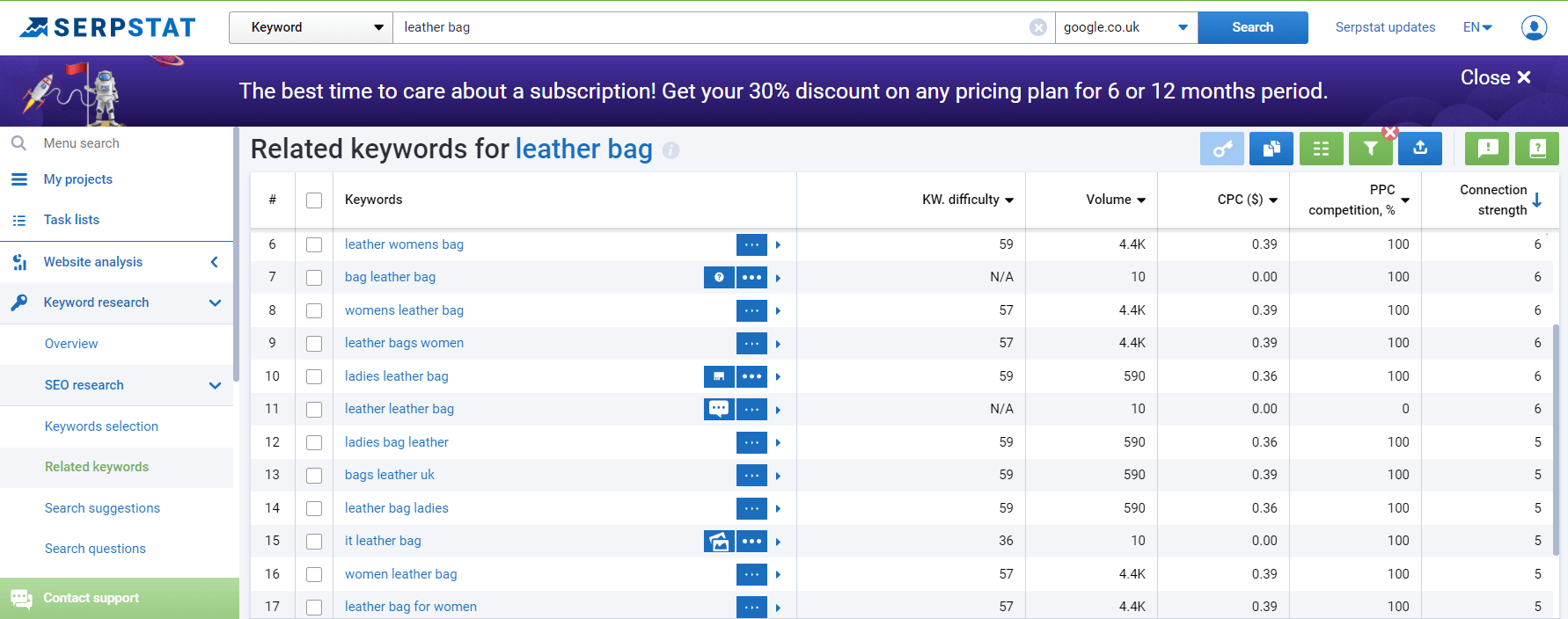
#2 Think through the website architecture
Also, the better the structure, the easier the website is for a search engine bot to crawl. This increases your chances of high ranking. Each page on a website has to take a visitor to another page and so on without any dead ends. Pages that do not link anywhere are hard for a search engine to crawl. Also, search engines look at the number of internal links at a page to determine its importance.
Look at what's already working. Look at how your competitors organized their websites, sectioned them and did internal linking.
Remember that a selling Ecommerce website design is the one that solves a customer's problem. Depending on needs, customers can be broken in three categories:
- People looking to resolve a problem
- People comparing options
- People who decided to make a purchase
Choose the right keywords. A defined website structure makes it easier to understand what keywords you should choose for which page. Thus, pages that sit higher in your structure (have more internal links) are automatically considered more important in terms of ranking, so you'll want to enhance that by optimizing for your main target keywords. For pages that sit lower, better use secondary keywords. Note that for a multilingual website, you need to make a separate keyword list for each language.
Create pages' categories. Unless your Ecommerce website offers just a couple of products, you'll probably want to categorize all the items you sell. Besides making it easier for visitors to find the product of interest, categories improve your chances of higher ranking since people tend to search for general items rather than individual products. For instance, Nike running shoes is a more searched term than Nike Pegasus Trail 3.
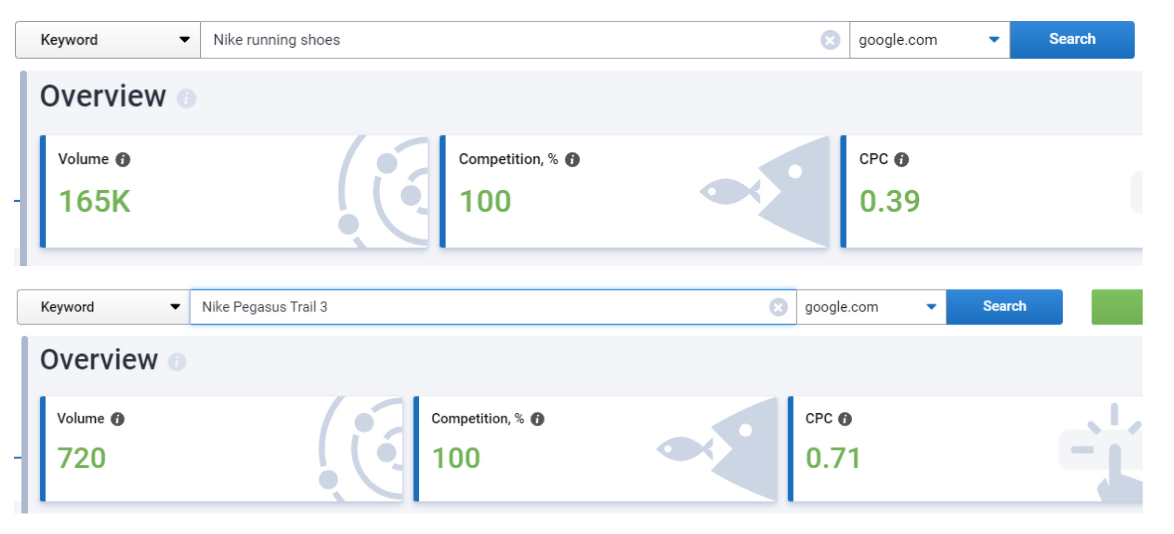
An example of an Ecommerce website with a good structure is TheSmootheStore. They have clear categories listed out on their main page. Those categories are always visible so a user can switch to another one in just one click. Also, many subcategories have related internal links, making sure all of the website pages are interconnected.
You can link pages based on their importance in terms of traffic attraction and sales. The more valuable the page is, the more links should point to it.
#3 Design with the mobile-first approach
Navigation. To optimize your website for mobile, make navigation super simple and straightforward. Make sure your Ecommerce website has the following:
- Search engine
- Product comparison tool
- Product catalog
Be careful with JavaScript. Avoid using JavaScript for your entire website. It doesn't look good on most mobile devices due to complexity. Furthermore, search engines often struggle to index pages made with JavaScript which may affect rankings.
Aim for simple looks. Mobile devices are small, so you have to choose carefully what you want to emphasize. Usually, it's content that brings the most value, so invest in creating quality, well-formatted and structured pieces of information. Focus on:
- High-resolution images
- Client testimonials
- Clickable visuals
- Autocomplete function in the search bar
- Social media sharing buttons
- Recommended items
- Live chat invitations
Implement support. Mobile devices users are accustomed to getting fast solutions, so don't reserve your communication channels to a "Contact us" page. Instead, integrate social media icons and consider using live chat. This will help against bounces, and Google favors websites that grab visitors' attention for long. To avoid slowing down your website with external scripts, choose a lightweight option from a broad choice of live chat vendors on the market.
#4 Check pages load speed
To check your Ecommerce website's load time, you can use Google PageSpeed Insights or one of the many online testers. Some of them can even give tips on how to increase your load speed.
#5 Create a sitemap
After you have organized your Ecommerce site's pages, it's time to code URLs with XML tags. Each URL should have data about location, last changed date, change frequency and page priority. It requires a bit of HTML knowledge and is convenient to do with one of the text editors for coding.
As a result, each of your URLs should look like this:
Step four: On-page optimization
#1 Use correct titles and meta descriptions



#2 Make URLs SEO-friendly
To make your URLs SEO-friendly, make sure one can easily say what the page is about just by looking at the URL. For this, feature your target keyword at the beginning of the URL, separate words with hyphens and make sure the URL is not too lengthy.
Watch the number of folders used in a URL and cut them as much as possible. Also, a frowned-upon practice is to use uppercase letters in a URL since that may lead to duplicate pages.
The listed tips can (and should) be implemented before you launch your new Ecommerce website. Always test your website and work with your team to make necessary improvements.
#3 Write SEO-friendly content
To make it work, don't forget about SEO essentials. SEO optimized content is the one that search engines find easy to understand and connect to your target topic. It has:
- Clear headlines and subheadings
- Links to previous content
- Keywords
#4 Focus on foundational pages
To help Google (and people) find your products easier, work on the following:
- Product name. It is probably used in the meta description and URL, so consider adding a common search term for it somewhere on the page (the higher, the better). For example, if you're selling T-shirts, you may want to include "tee" and "Tshirt" in your product name or next to it.
- Images. To properly optimize images for search engines, start with the file name. Do not upload images named IMG002. Instead, give them a descriptive title and include keywords. When uploading, make sure you fill out the ALT text. Thus you increase the chances of your product appearing in Google images. And if you really want to stand out, don't use the manufacturer's visuals but make your own. A watermark will protect your pictures against scam.
- Videos. Compared to images, a video gives customers a deeper understanding of your product. What's more, if optimized right, your video can surface in Google search thus giving you extra visibility. To help Google better index your video, include video structured data and create a video sitemap file. Additionally, you can add structure data to each page containing a video, such as HowTo, Product or Q&A markup.
- Product description. Here you can describe those qualities of the product that are hard to convey with images. A good idea is to place a short description above the fold, and then a longer, more detailed version down the page. Customers can quickly scan through the short version and, having decided this is the right product, go further to learn more. Make sure the price is clear and easy to spot.
Add some text to your "About us" page, including:
- Value proposition
- Your history
- Mission
- Culture
- Job openings (if any)
- Social proof
- Team
Step five: Off-page optimization
The top popular off-page SEO strategies are:
- Link building and guest posting
- Brand building
- Content marketing
- Local SEO
- Social Media
- Forums and Q&A platforms
- Influencer marketing
- Reviews
- Podcasts
- Events
Summary
At the same time, SEO is a long term strategy. It doesn't happen overnight, and it never ends. At first, it may seem like a lot, and there surely is more to SEO than described in this guide. However, by focusing on the key points, and optimizing your website step-by-step you will get closer to your desired result.
Speed up your search marketing growth with Serpstat!
Keyword and backlink opportunities, competitors' online strategy, daily rankings and SEO-related issues.
A pack of tools for reducing your time on SEO tasks.
Discover More SEO Tools
Backlink Cheсker
Backlinks checking for any site. Increase the power of your backlink profile
API for SEO
Search big data and get results using SEO API
Competitor Website Analytics
Complete analysis of competitors' websites for SEO and PPC
Keyword Rank Checker
Google Keyword Rankings Checker - gain valuable insights into your website's search engine rankings
Recommended posts
Cases, life hacks, researches, and useful articles
Don’t you have time to follow the news? No worries! Our editor will choose articles that will definitely help you with your work. Join our cozy community :)
By clicking the button, you agree to our privacy policy.

